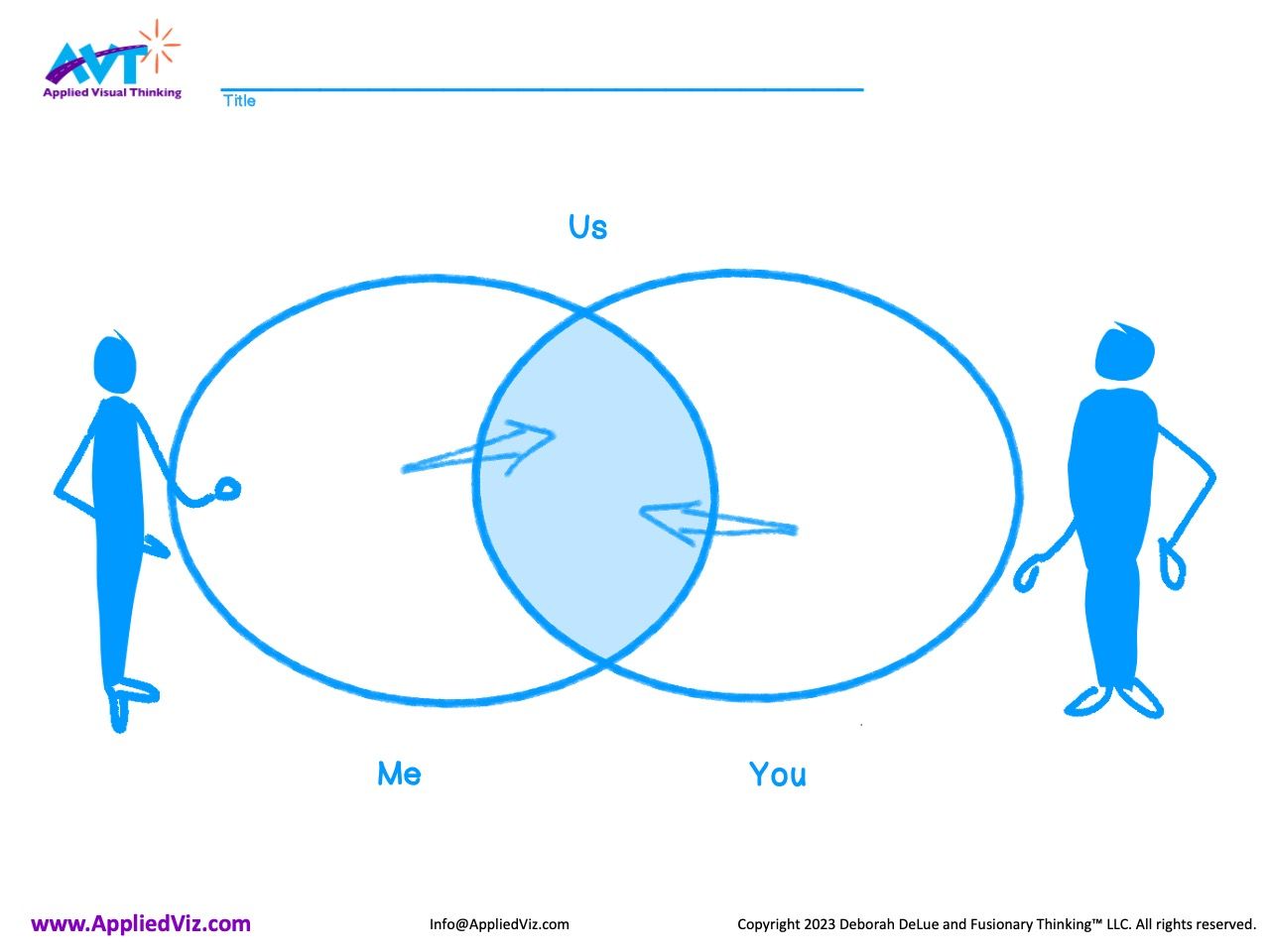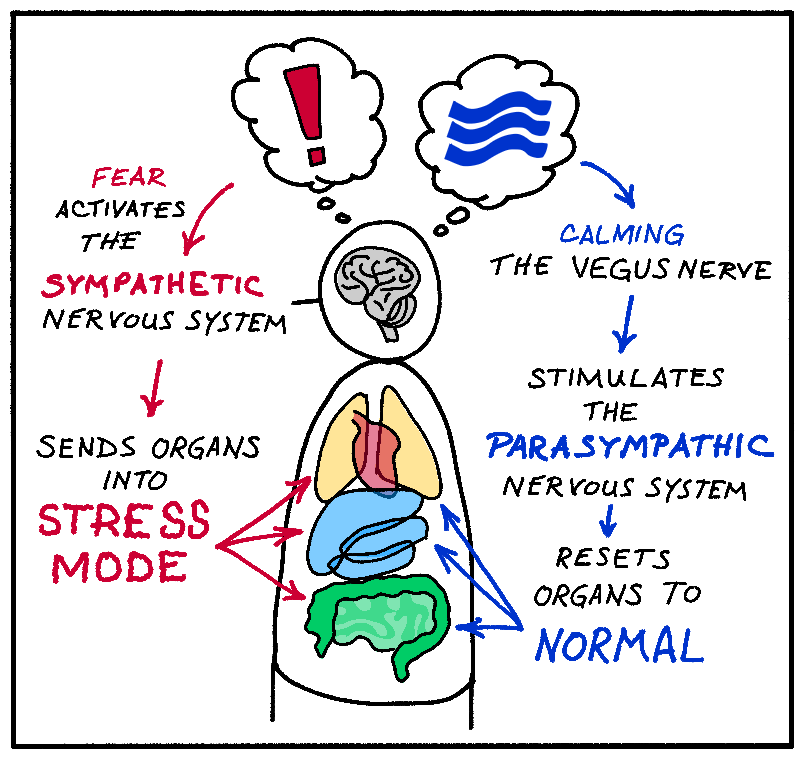Anticipation vs Expectation
The Art of Applied Visual Thinking
Daughter shows bravery trying something new. Mom rewards daughter with a trip to her favorite ice cream parlor. Dog wakes up when he hears activity in the house. Dog wags his tail, grabs a toy and heads to the front door. The scene is set for anticipation versus expectation. There may be winners and losers.

What's the internal dialog?
Dog: Oh, boy. Something's going to happen. I'm so excited. Look, people! Look, squirrel! Something's happening. I'm so excited! (anticipation)
Daughter: I'm going to get bubble gum ice cream with rainbow sprinkles in a chocolate dipped cone. I'm so excited! (expectation)
I think this is no different, by the way, from certain work scenarios, like a first meeting with a new client or planning session for a new project. Read on and see if you agree.
The dog anticipates that something exciting about to happen. The girl formulates expectations for what she wants to happen. What's the difference? Turns out, recognizing the difference between anticipation and expectation can make all the difference for effective communication and negotiation both at work and at home. Oh, and of course, using visuals can help.
What happens?
The dog's story has a high likelihood of a positive outcome. The pup is excited about something (anything) interesting happening, and in fact, it does. He gets a ride in the car, experiences interesting views and smells, maybe a pat or two from a stranger, and if he's lucky, gets to lick up a forbidden treat off the sidewalk. Win-win-win. Anticipation is equivalent to having an open mindset. Anything is possible.
The girl's story could go any number of directions. As soon as she sets expectations the possibility for disappointment or need for negotiation pops up. What if they are out of bubble gum flavored ice cream? or rainbow sprinkles, or chocolate dipped cones? What if they are unexpectedly closed that day? The girl may need to adjust her expectations a little or a lot, and that may be more or less difficult for her to do.
Expectation is about creating desired outcomes. Moms learn that kids develop expectations very quickly, and can get very upset if those are not met, even if they weren't "realistic" according to the rules of the world that grown-ups understand. If Mom wants to manage her daughter's expectations and head off a potential disappointment-induced emotional melt-down, she might confirm the ice cream parlor's hours and availability of the favorite flavors before promising the outing. Alternatively, she might caution the daughter that they might not have everything she wants at the moment, so she might need to prepare herself to be OK with second choice alternatives.
I am an entrepreneur, so I know this well. Any time an exciting possibility arises, there is the thrill of anticipation. Something is going to happen! As soon as the planning, scheduling, goal-setting and task delegation begin, expectations begin to be set. From BOTH SIDES.
Wouldn't it be great if each party could SEE what the other expects from a given situation?
You can if you draw it out using a simple Venn diagram. Here's how.
Win-Win-Win Diagram
- List your hopes and wishes on the left
- List what you know or believe to be the hopes and wishes of the other person on the right.
- Write or rewrite the win-win's in the center.
- Share your map with the other person, or confirm in conversation that your lists are correct.
Download a free copy of the template here and draw out a map of shared expectations.














